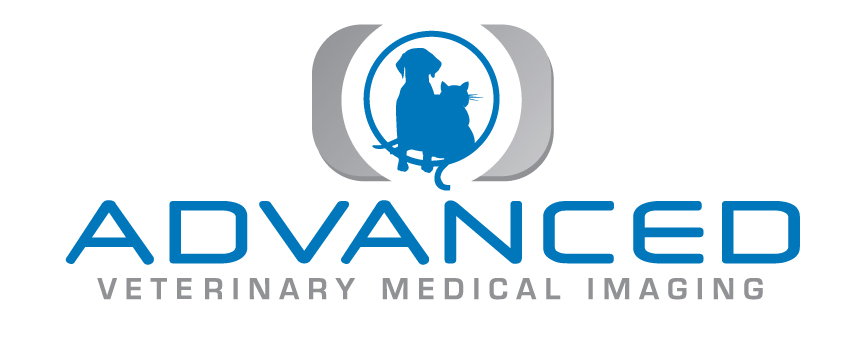Friling L, Nyman HT, Johnson V.
Veterinary Radiology & Ultrasound 2014;55:159-165.
The nasal cycle is a physiological phenomenon that causes regular cyclical congestion and decongestion of the venous sinusoids lining the nasal mucosa. The purpose of this prospective study was to describe magnetic resonance imaging (MRI) and computed tomographic (CT) features of the normal nasal cycle in a group of dogs. Five dogs were recruited that met the following criteria: 8 to 15 months old, nonbrachiocephalic breed, no clinical signs or history of nasal disease, and undergoing anesthesia for problems unrelated to the nasal cavity. Nasal MRI (n = 5) and CT scans (pre- and postcontrast, n = 5) were acquired. Images were evaluated subjectively by two board-certified radiologists and objectively by a diagnostic imaging intern using regions of interest placed on each side of the nasal cavity. Findings were compared using Cohen’s kappa coefficient and Students t-test on log-transformed data. All dogs showed diffuse unilateral mucosal thickening of the rostral part of the nasal cavity in both MRI and CT studies. This mucosal thickening shifted sides between examinations in three dogs. Changes appeared most marked on T2-weighted scans. No asymmetric mucosal changes were seen in the mucosa of the ethmoturbinates, vomer–nasal septum, hard palate or the frontal sinuses in any patient on MRI or CT. Computed tomographic contrast enhancement of the thickened mucosa was not statistically significant (P-value < 0.08). In conclusion, the normal nasal cycle may cause asymmetrical mucosal changes in the rostral part of the nasal cavity that mimic MRI and CT characteristics previously reported for inflammatory disease in dogs.

